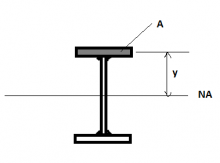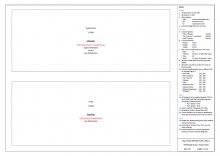Shear Flow
- Read more about Shear Flow
- Log in to post comments

Longitudinal shear strength is required to ensure that two components of a beam act compositely in bending. Without the required strength at the interface, each component will be able to move relative to the other and when loaded in bending the two components will each carry some of the bending moment separately, with a much lower overall bending resistance.
